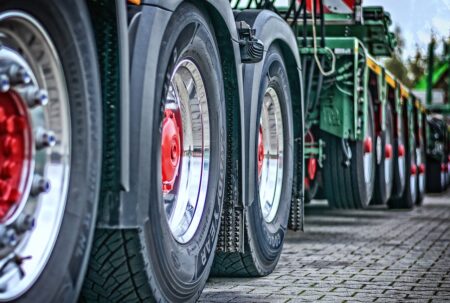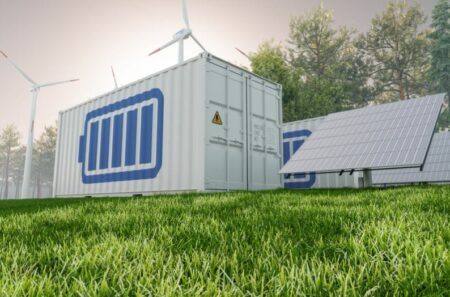On the Sterke Lekdijk dike rehabilitation project near Schoonhoven, the first totally clean hydrogen-powered excavator will begin work this month.
Mourik is taking the next significant step toward a totally clean and sustainable machine park with the deployment of the 30-tonne zero-emission crawler excavator. By 2030, the worldwide family firm wants to utilize completely zero-emission equipment.
‘It has the appearance of a conventional excavator.’ It is, however, so clean that we may use it in Natura 2000 zones. Furthermore, the hydrogen version is more powerful than the conventional version,’ adds Kees Jan Mourik, chairman of the board of Mourik, a contractor and technical service provider. ‘For those interested, it’s a converted Liebherr R926 Generation 8 that produces no CO2 or NOx owing to our modifications.’ The machine can run for an entire working day without requiring battery replacement or hydrogen replenishment. As a result, no time is wasted. As a result, this one-of-a-kind excavator is easily deployable and lucrative for our clients.’
Mourik previously created a technique that can minimize NOx emissions from construction equipment including excavators, crane piling machines, rollers, asphalt machines, and generators by up to 97%. ‘Despite the stringent nitrogen limitation, we can still get started on critical infrastructure projects and dike improvement projects by innovating in zero-emission equipment,’ Mourik says.
‘It also opens up opportunities for projects for which obtaining licenses in relation to emissions is now difficult or impossible.’ Mourik With zero emissions, we provide the answer to this critical problem. The demand is great. Construction has to continue. We are pleased to be able to take the lead in this as a family business.’
The excavator was converted in-house by Mourik. ‘The technology is new, so we had to build up the expertise ourselves,’ says Walter Deelen, director of Mourik Infra. Our innovative professionals at our subsidiary Mourik Techniek are in charge of this. We’ve devised a plan for rapidly and effectively converting construction machines with the help of innovation specialist Accenda and supplier Liebherr.’
Mourik’s brilliant minds are now working on collecting green hydrogen from roadside grass and pruning debris. ‘If more firms move to clean working, green hydrogen will become rare,’ Mourik said. We may also discover answers to this problem with a little imagination. Our main weapon is innovation. Our experts are mostly looking for possibilities.’








